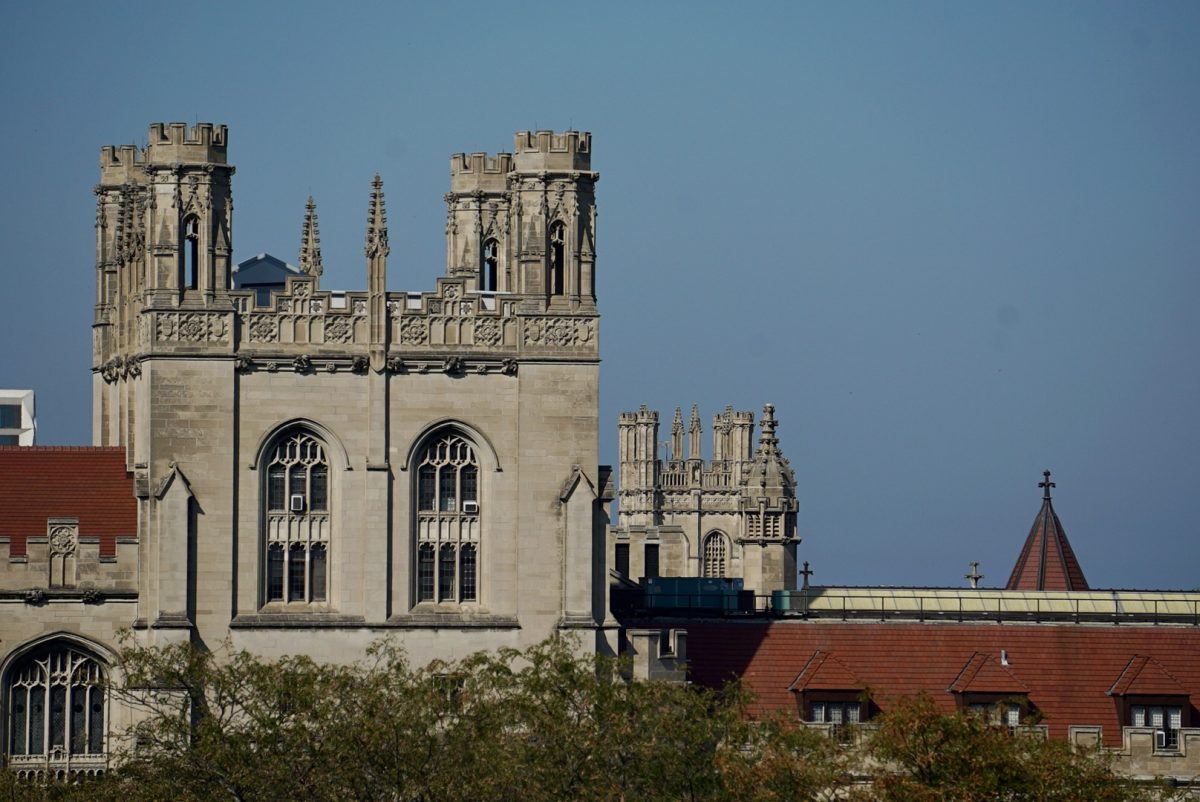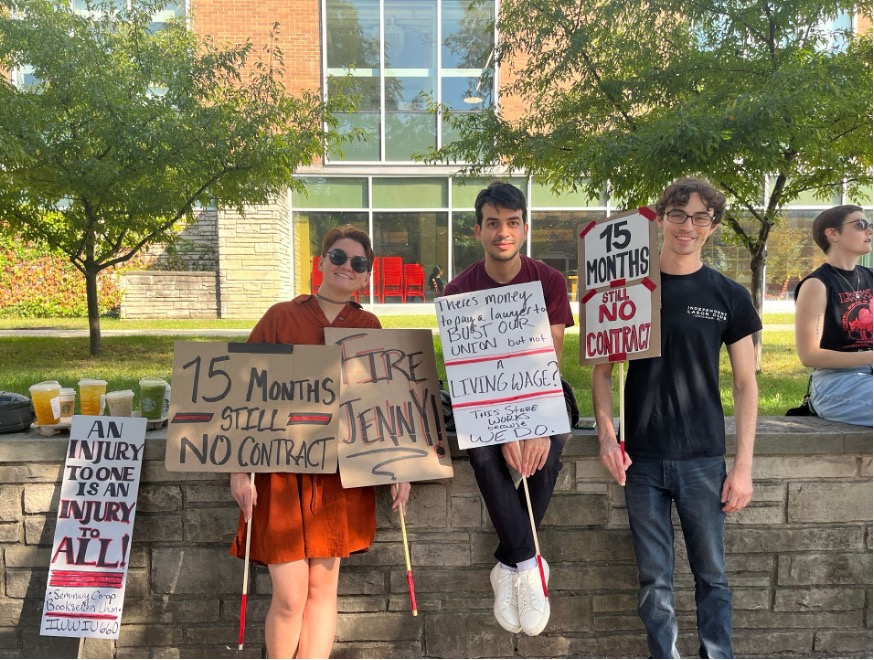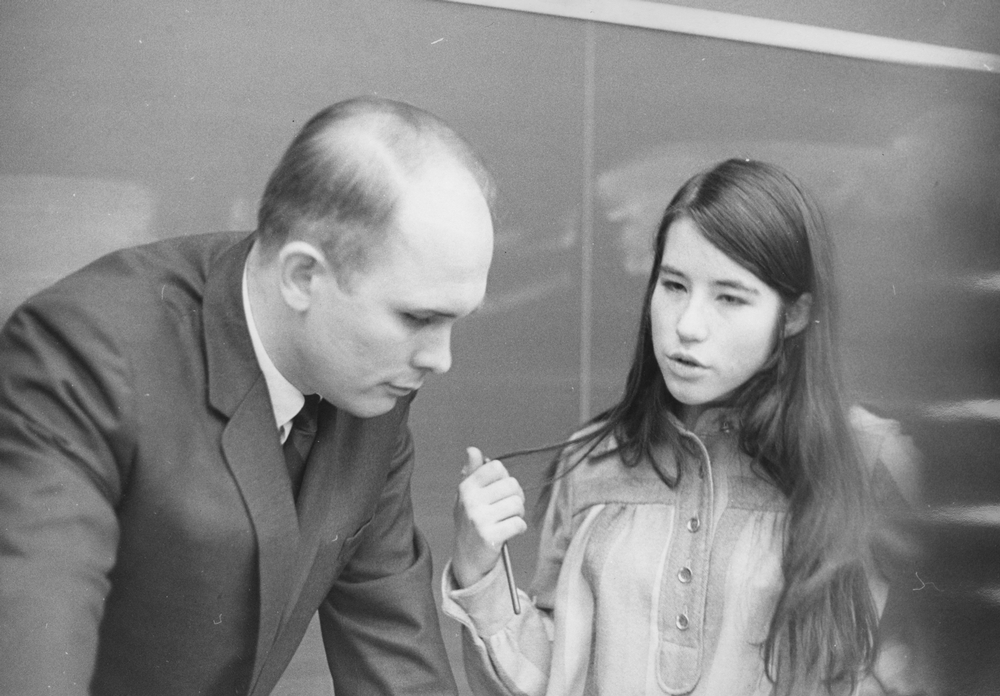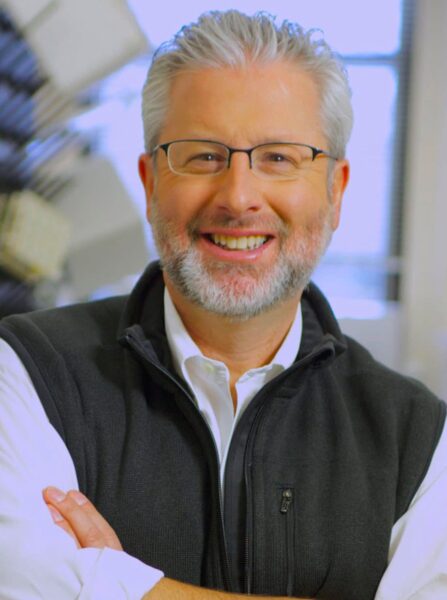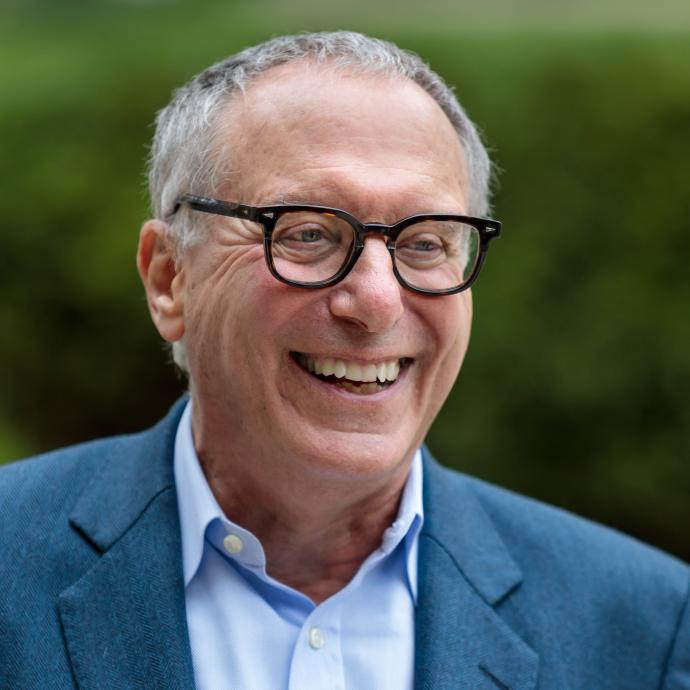The University of Chicago Medical Center will receive $20 million from the Virginia and D.K. Ludwig Fund for Cancer Research by the end of the year as part of a $120 million donation to six leading cancer research institutions.
The U of C and five other institutions will each receive $20 million to set up a Ludwig Center. The donors hope to form a permanent network of cancer-research institutions.
In addition to the $20 million, the Medical Center will receive $2 million annually from 2007 until 2013 as well as a significant share of real estate holdings in New York City. These additional funds and holdings will contribute to the establishment of an endowment that will provide $2 million in annual funding to the centers in perpetuity, said Doctor Sarah White, director of communications for the Ludwig Fund.
Ludwig Centers, which announced the donation on Tuesday, will also be set up at the Dana-Farber Cancer Institute at Harvard Medical School, the Johns Hopkins University School of Medicine, Massachusetts Institute of Technology, Memorial Sloan Kettering Cancer Center in New York, and the Stanford University School of Medicine.
The U of C Center will research metastasis, the process of tumor migration that is responsible for the spread of cancer and its destructive force on the body.
The center will fall under the direction of Doctor Ralph Weichselbaum, professor of radiation and cellular oncology at the University of Chicago, and Doctor Geoffrey Greene, associate director of the Ben May Institute for Cancer Research.
“It [metastasis] is an area that needs a lot of research,” Greene said. “It kills people, and yet there’s little known about the process and how to treat it.”
The U of C decided to focus primarily on metastasis because several research specialists are already at the University, Greene said.
The other funding recipients will focus on different areas of research, including stem cells, immunological approaches to treatment, and the development of treatment drugs.
Together the centers will form the Ludwig Cancer Network, which will facilitate collaborative research, White said.
Researchers will present findings and proposals at the network’s first meeting, scheduled for January at Johns Hopkins University.
The $20 million donation was outlined in the will of Daniel K. Ludwig, a successful businessman who made his fortune through a variety of investments in the mid-20th century.
He established the Ludwig Institute for Cancer Research in 1971. Then in the late 1980s he asked Doctor Lloyd Old, the current chairman of the fund, to identify the nation’s leading institutions in cancer research, White said.
These institutions were named in his will and since his death in 1992 have received funds for research and the establishment of endowed chairs, held at the U of C by Weichselbaum and Greene.
Weichselbaum and Greene traveled to New York last year to present their proposal for the U of C center and to work out the details of the donation.
With the establishment of an endowment on top of the $20 million gift, Ludwig Fund officials hope to create an institution that will be self-sustaining and free of the limitations attached to government funding, White said.
White cited the government’s reluctance to fund high-risk research projects as a reason for the relative lack of progress in cancer breakthroughs.
The Ludwig Fund’s donation will enable and encourage researchers at the six institutions to take on projects that would otherwise not receive money due to the risk of producing inconclusive results, she said.
“It’s pretty rare to have unrestricted funding,” White said. “These funds will really allow center directors to turn on a dime as new research emerges.”
Particularly important is the centers’ independence to take on projects while the fund acts as a hub for their interaction, White said.
The center, to be housed in the new Gwen and Jules Knapp Center for Biomedical Discovery, will include offices for four faculty members and be the epicenter of cancer research at the U of C, Greene said.
The directors are currently recruiting faculty members and researchers to serve as principal investigators and contributors.
“We will try to make this an enterprise where we will try to incorporate both research and application,” Greene said. “That’s the vision. It’s finally been given a face.”



